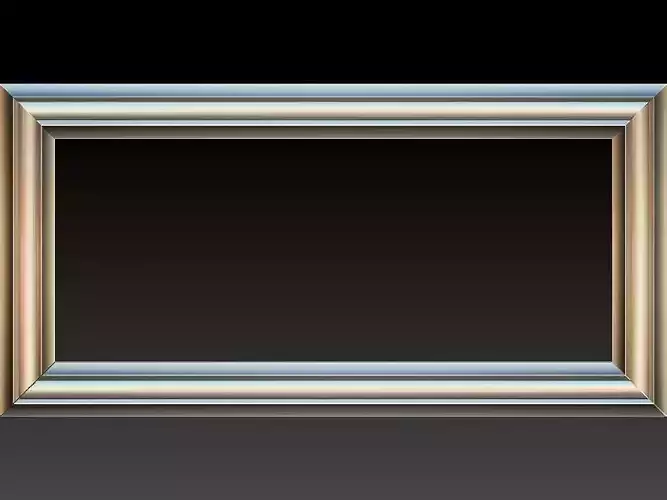1/20
A picture frame protects the art and presents it to good advantage.
Traditionally picture frames have been made of wood, and it remains very popular because wood frames can provide strength, be shaped in a broad range of profiles, and allow a variety of surface treatments. Other materials include metals, e.g. silver, bronze, aluminum, and stiff plastics such as polystyrene. A frame surface may be of any color or texture. Both genuine gilding and imitation gold remain popular, although many other surfaces are to be found in most framing establishments. Some picture frames have elaborate molding, which may refer to the subject matter. Intricate decorations are often made of molded, then gilded plaster over a wood base. Picture frame mouldings come in a wide variety of profiles, generally in some sort of L shape with an upward lip and a horizontal rabbet. The rabbet functions as a shelf to hold the frame glazing (if any is to be used), some sort of spacer or mat/matte to keep the object safely behind the inner surface of the glazing, the object itself, and backing boards to protect the object from physical damage and environmental pollutants. The lip extends a proportionate distance up from the edge of the rabbet. It restrains materials in the frame and can be used to help set off or reveal the picture aesthetically.
The picture frame may contain a protective glazing of picture framing glass or acrylic sheet, e.g. Acrylite or Plexiglas. If the art in the frame is considered dispensable or if the exhibition environment is highly controlled, no glazing may be used. Since the 1980s significant advances have been made in the manufacture of picture glazings, creating a much broader range of options in both glass and acrylic products. Choosing which to use requires taking into account a variety of each object's characteristics: size, media used, condition of media, perceived value of object, anticipated use of the object, e.g. extended exhibition periods or travel. It is wise to consult an experienced art framer or conservator for help in making the better choice. Now, both picture framing glass and acrylic sheet are available with anti-reflective coatings to make the glazing virtually invisible under most lighting conditions. Except for pictures of only temporary interest, a glazing should incorporate a filter to block almost all ultraviolet radiation (a UV filter) from penetrating the glazing. This filter slows the photocatalytic degradation of organic materials in the picture. Both glass and acrylic glazings are available with built-in anti-static properties. This option is necessary for objects with friable or degraded media, which would be pulled off the object and onto the glazing by static electric forces.
REVIEWS & COMMENTS
accuracy, and usability.




















